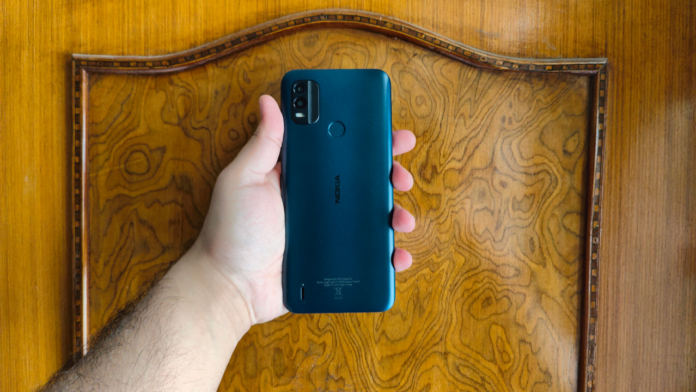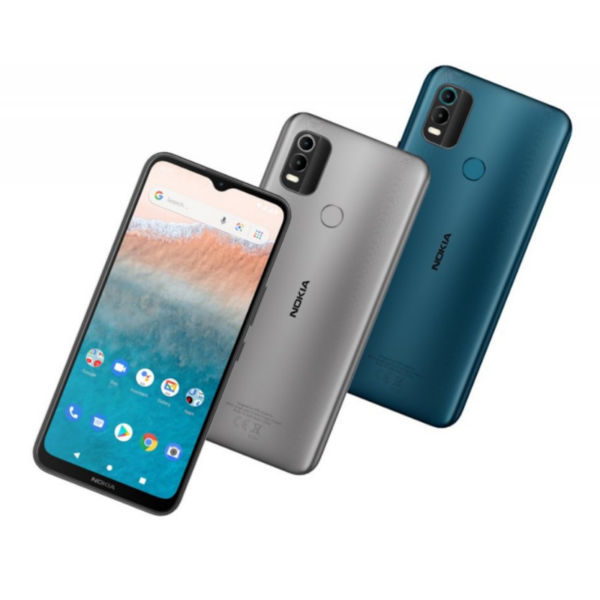While Nokia hasn’t been launching any flagship smartphones for a while, it does believe in budget and mid-range smartphones. As a result, the brand’s latest budget smartphone is the Nokia C21 Plus which comes at Rs 10,299 for the 3GB + 32GB model and the 4GB + 64GB model costs Rs 11,299. At this price, the brand has a lot of competition from Realme and Xiaomi and to check how well it can hold its ground, we put the Nokia C21 Plus through its paces. Let’s see how well it performed.
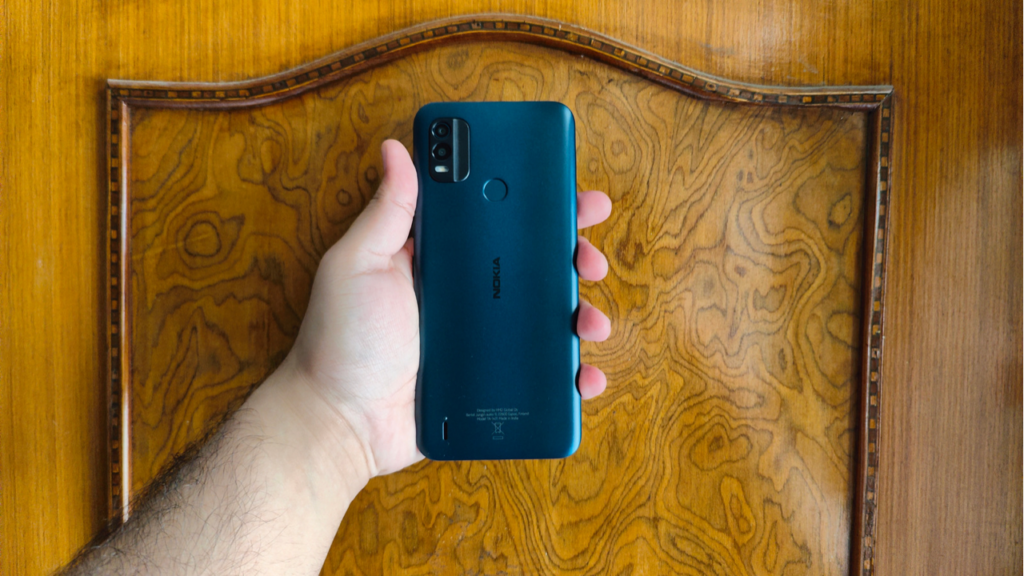
Design-wise, the C21 Plus has a kind of a below-average design compared to those offered by Realme and Xiaomi. While those look more modern, the single colour in which Nokia C21 Plus is offered it doesn’t look appealing enough. Furthermore, Nokia has omitted the dedicated Google Assistant key, which we have seen on earlier smartphones from the brand.
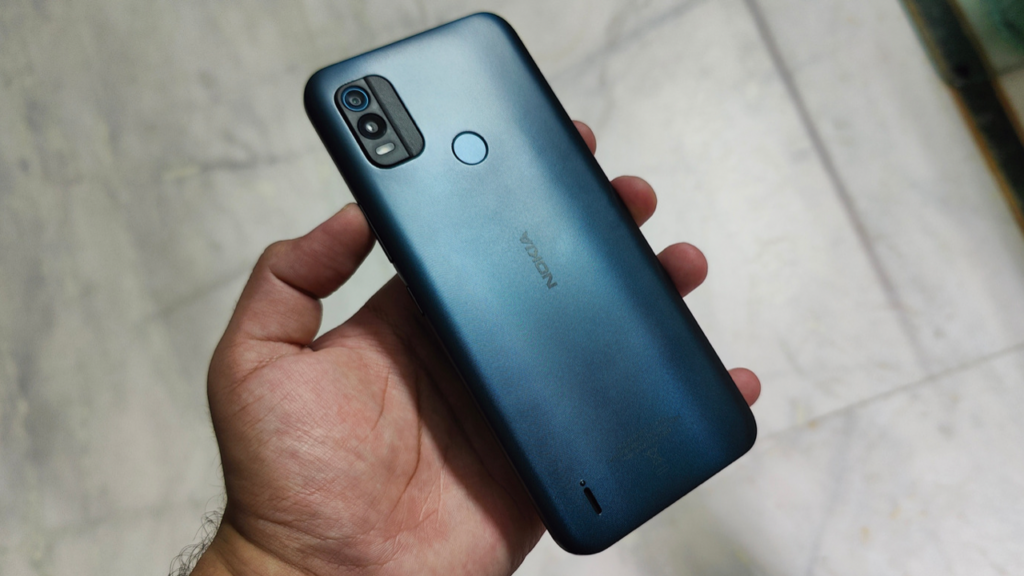
Moreover, Nokia hasn’t done any effort to give some sort of finish to the rear of the device, which Realme and Redmi do with all of its devices. However, the upside to this situation is the fact that it feels rugged in hand and won’t break easily even if you drop it from height. Also at the back is a fingerprint sensor which works quite well and is quick to unlock the device.
Display
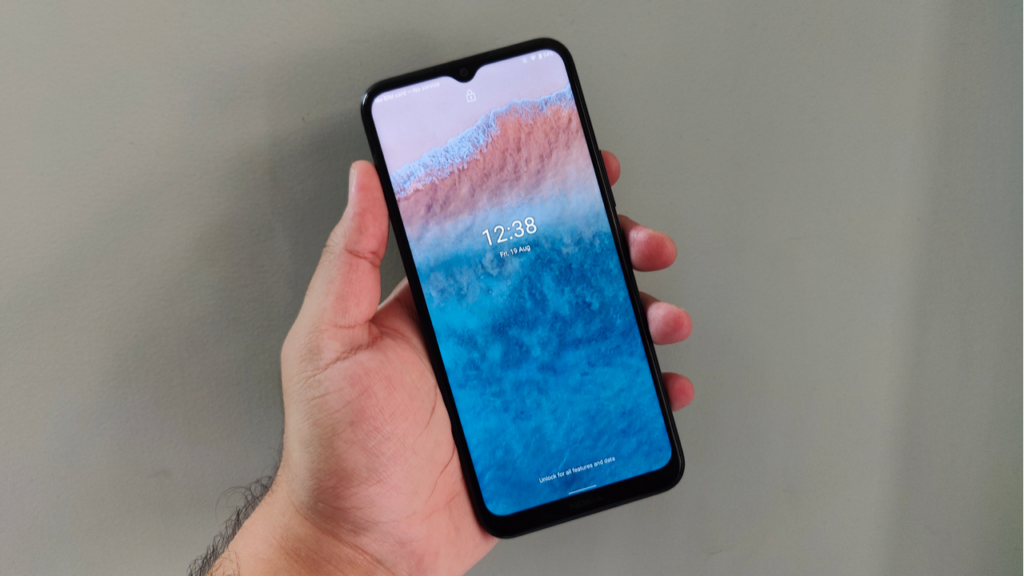
On the front, C21 Plus comes with a 6.5-inch HD+ LCD display with 1600 × 720 pixels resolution. Nokia opted for the water-drop notch design, which looks fine and is a standard norm across budget devices. The display itself produces good colours, but it doesn’t get bright enough under direct sunlight. Also, the 720p Resolution can bother you at times as it may not look sharp enough in some situations.
Software & Performance
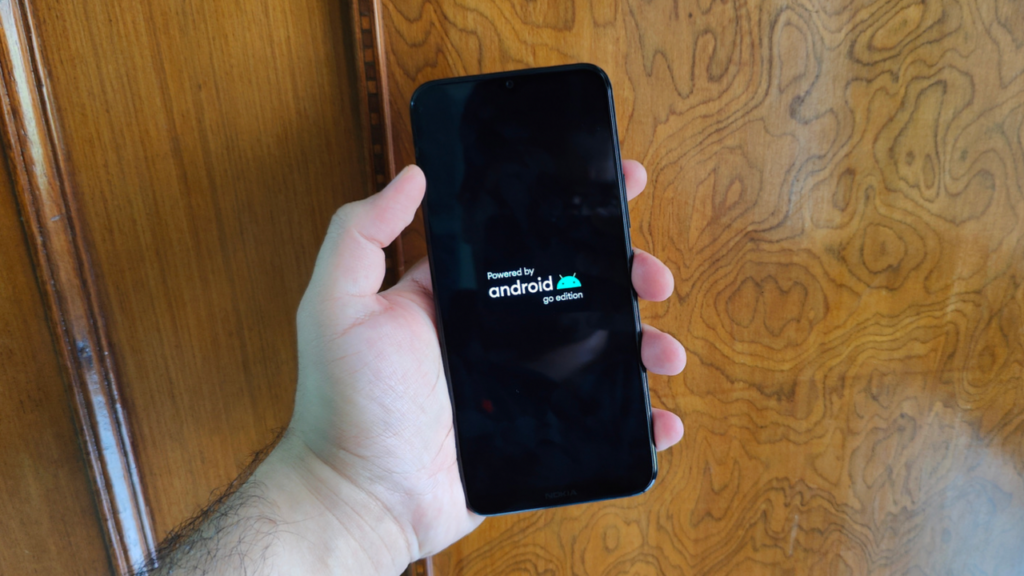
Now, coming to the performance and software of the C21 Plus, it is powered by the 1.6GHz Octa-Core Unisoc SC9863A Processor with IMG8322 GPU. You get 4GB RAM and up to 64GB storage which is expandable up to 256GB using a microSD card. This processor by Unisoc isn’t the most powerful one available for budget smartphones, and that shows in even day-to-day usage.
For instance, apps sometimes took more than a second to load, and I couldn’t call the performance snappy, which I have definitely seen on some other budget devices. I don’t expect it to be as smooth or snappy as a mid-ranger, but then I at least expect it to cope up with budget smartphone standards.
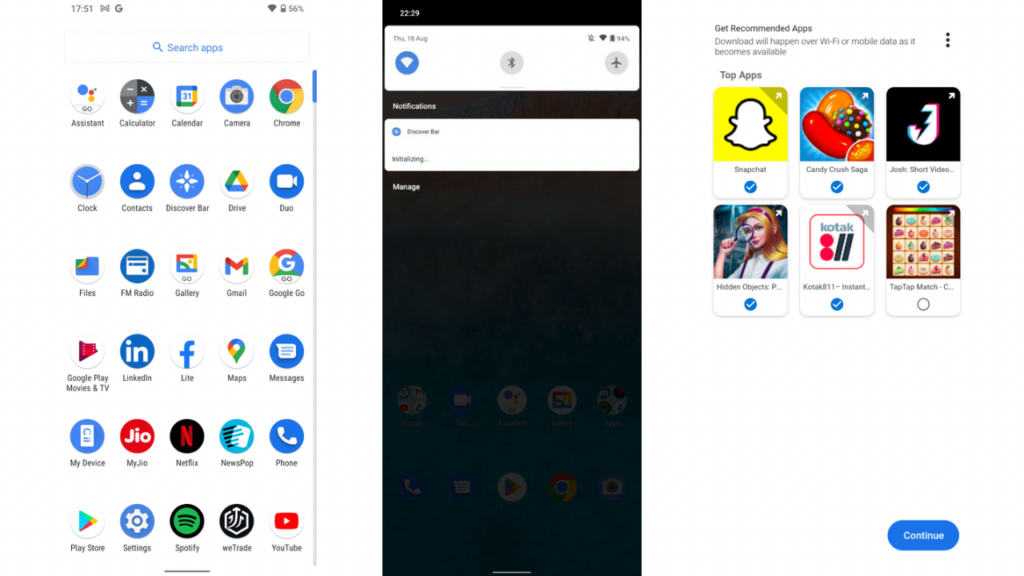
Despite running on completely stock Android 11 Go Edition, the phone isn’t able to give a satisfactory performance. Helio G series processors from MediaTek perform much better in this range, especially in the Realme Narzo 50A, which costs almost the same as Nokia C21 Plus.
However, you do not get much bloatware apart from apps like Facebook Lite or LinkedIn, which can be easily uninstalled. Next, the UI was a bit choppy, and animations often got stuck. Another weird UI choice I found was that only three quick setting options were available when you scroll down or even expand the notification shade. Means you’ll have to swipe through a bunch of pages to get to some tiles. Apart from that, connectivity with Wi-Fi and Mobile Data was fine.
Read More: Nokia T10 tablet announced with 8-inch HD display, 5250mAh battery
Battery Life
The 5050mAh battery on C21 Plus can easily last you more than a day, considering you cannot do heavy gaming on the smartphone. Even if you are using the navigation at times during the day, the device should easily last you 24 hours. I could easily get to 5 hours of screen-on time, and that’s decent.
However, what’s not decent though, is the amount of time it takes to charge with the provided 10W charger. The phone took close to 3 hours to charge from 0 to 100%.
Cameras
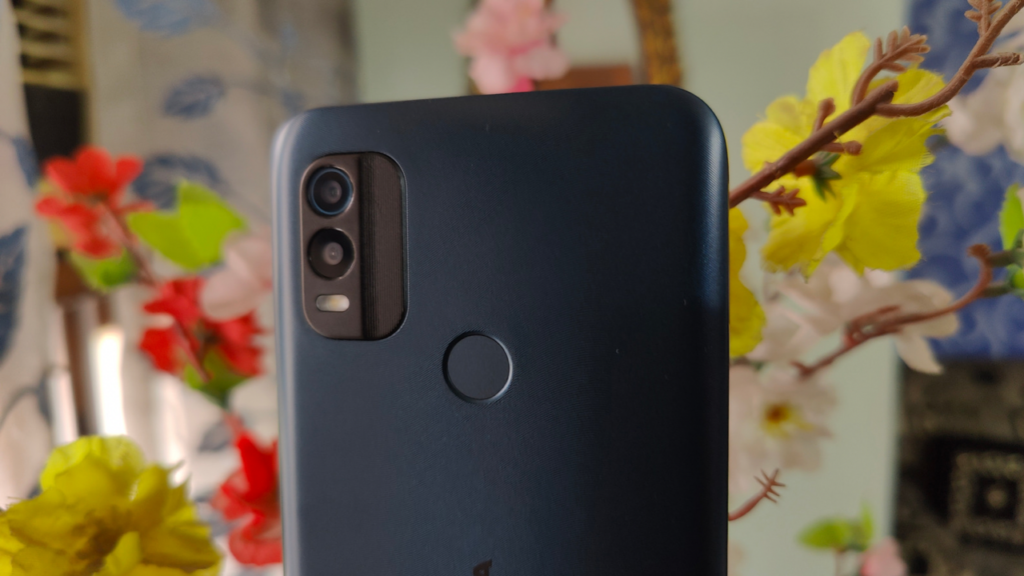
As for cameras, you get a dual camera setup at the rear, including a 13-megapixel primary sensor with an Autofocus lens and a 2-megapixel depth sensor. It has a 5-megapixel front camera sensor for selfies and video calls.
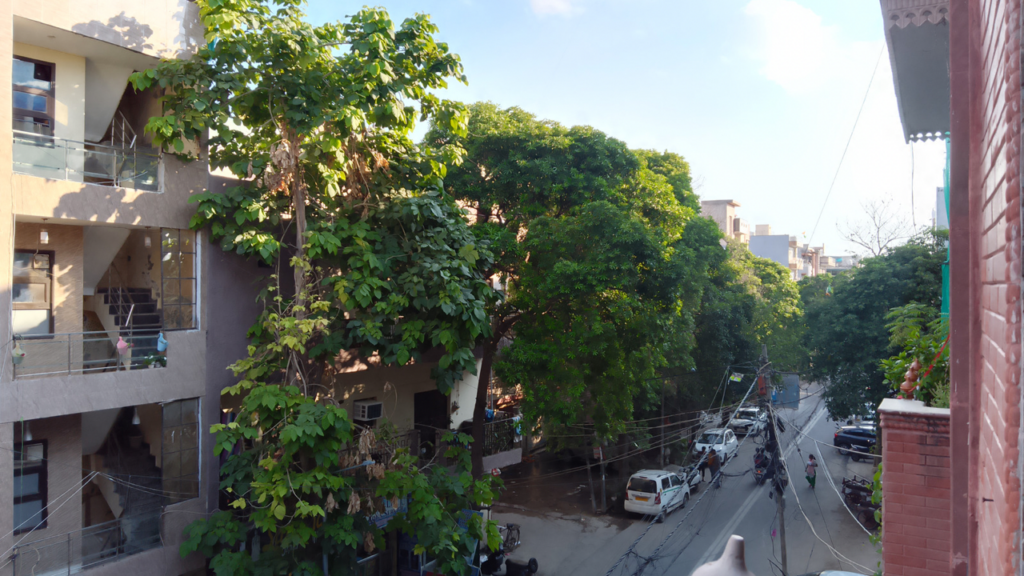
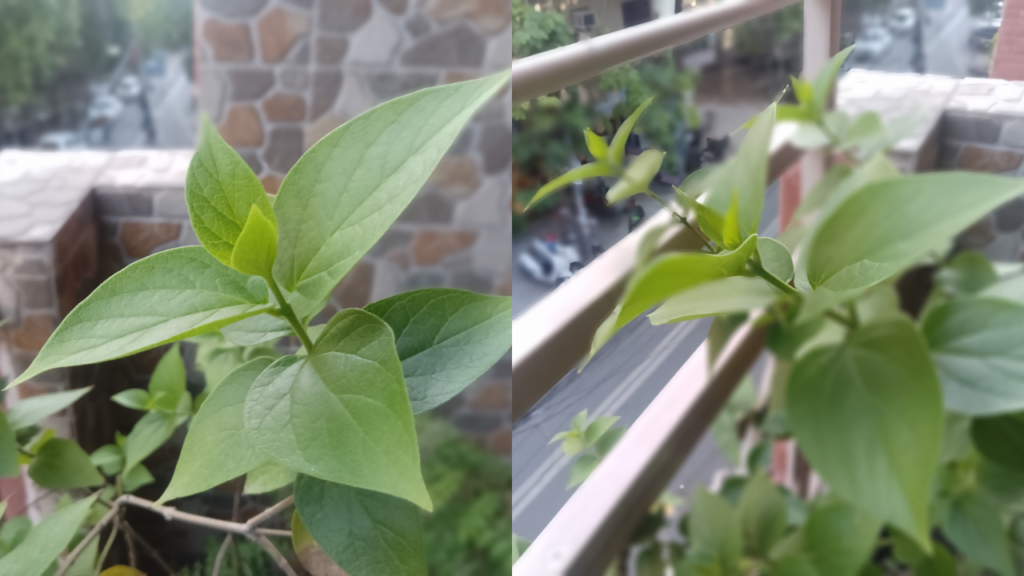
The shots from the primary sensor were fine under direct sunlight in terms of colours. However, the sharpness goes for a toss. Some parts of the photo look hazy, while some look fine. Further, portrait shots are a mess. On some occasions, the software and the 2MP depth sensor just fail entirely to produce an accurate bokeh effect because it just doesn’t identify the subject.
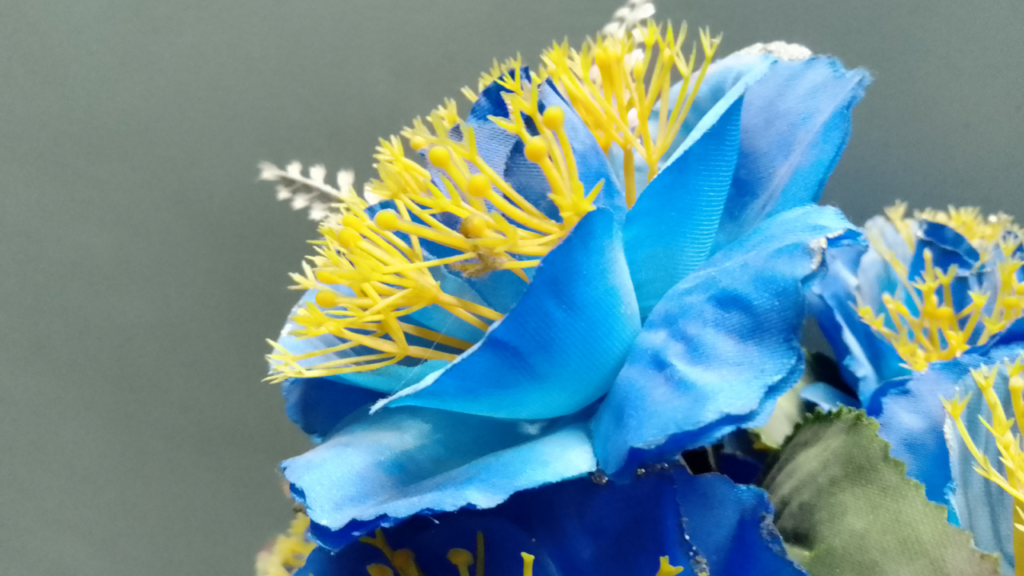
When it does work, it works okay, but the EDGE detection is always messed up. Photos clicked under artificial lighting, and low-lighting look completely fouled up. There’s very little detail and sharpness, while colours are also inaccurate.
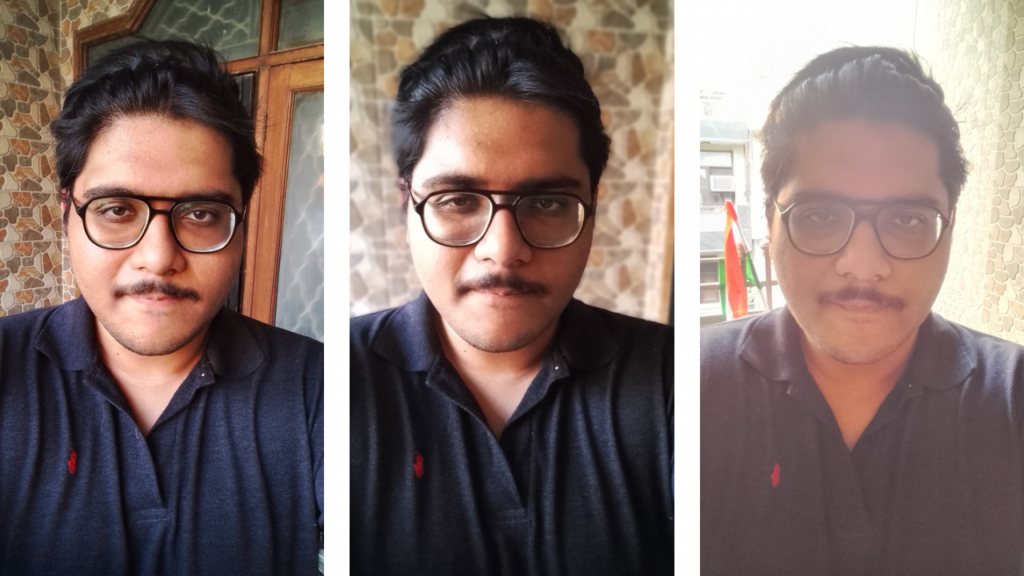
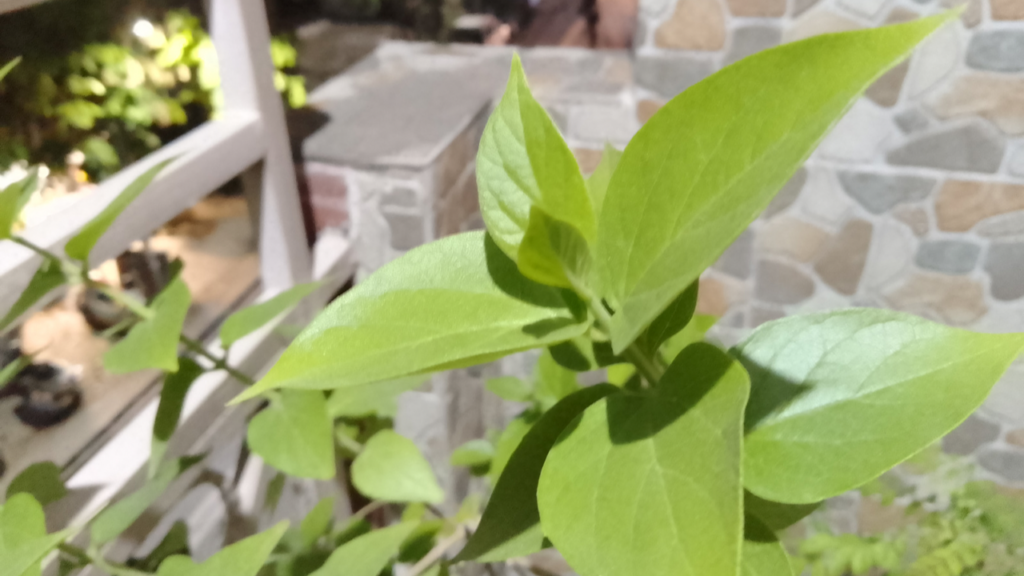
The haziness is retained in the nature of the photo. Selfies have a really warm tone and once again, Portrait mode doesn’t work well. Also, they look blurry at all times.


